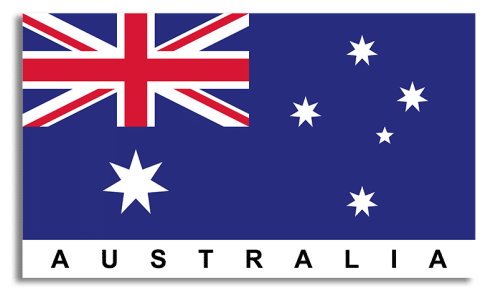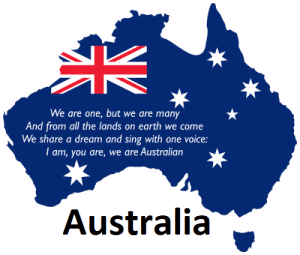Metro
Australia: A Land of Ancient Rocks, Diverse Cultures, and Modern Challenges

Australia has a long and rich history that spans from the arrival of the first humans on the continent to the present day. According to Wikipedia, people first arrived on the Australian mainland by sea from Maritime Southeast Asia between 50,000 and 65,000 years ago, and penetrated to all parts of the continent, from the rainforests in the north, the deserts of the centre, and the sub-Antarctic islands of Tasmania and Bass Strait. These people are known as the Australian Aboriginal peoples, who have diverse cultures and languages.
The first known landing in Australia by Europeans was in 1606 by Dutch navigator Willem Janszoon on Australia’s northern coast. Later that year, Spanish explorer Luís Vaz de Torres sailed through, and navigated, what is now called Torres Strait and associated islands. However, it was not until 1788 that Britain established a permanent colony in New South Wales, which was initially intended as a penal settlement for convicts. This event is commemorated as Australia Day on January 26. Over the next century, Britain expanded its colonies across the continent, displacing and oppressing many Aboriginal peoples.
See population, official language and more…

Australia
Australia became a federated nation on January 1, 1901, when the six colonies joined together to form the Commonwealth of Australia. Since then, Australia has participated in several major wars, developed a multicultural society, and established a prosperous economy and a strong democratic system of government.
Geological history: Australia is one of the oldest continents on Earth, with rocks dating back to more than 4 billion years ago. Australia was once part of a supercontinent called Gondwana, which broke up about 180 million years ago. Australia gradually drifted northward and collided with other landmasses, forming mountains, volcanoes, and deserts. Australia is also home to many unique plants and animals that evolved in isolation from the rest of the world.
Aboriginal history: The Aboriginal peoples of Australia are the oldest living culture in the world, with a continuous presence on the continent for at least 50,000 years. They have diverse languages, beliefs, and traditions that reflect their adaptation to different environments and climates. They have also created a rich artistic and spiritual heritage, such as rock paintings, ceremonies, and stories.
Colonial history: The first European explorers to reach Australia were the Dutch in the 17th century, followed by the British in the 18th century. The British claimed the eastern half of Australia as a colony in 1788 and established settlements in Sydney, Tasmania, and other places. They brought convicts, settlers, soldiers, and missionaries to the new land, often clashing with the Aboriginal peoples over land, resources, and rights. The British also explored and claimed other parts of Australia, such as Western Australia, South Australia, Victoria, Queensland, and Northern Territory.
Federation history: In the 19th century, the six British colonies in Australia developed their own governments, economies, and identities. They also faced challenges such as gold rushes, droughts, rebellions, and wars. In 1901, they decided to unite as a federated nation under a single constitution and a common flag. The new Commonwealth of Australia was granted self-government by Britain but remained loyal to the British Empire. The new nation also faced issues such as immigration, industrialization, social reform, and national identity.





